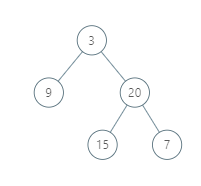https://leetcode.com/problems/partition-equal-subset-sum/
Given a non-empty array containing only positive integers, find if the array can be partitioned into two subsets such that the sum of elements in both subsets is equal.
Note:
- Each of the array element will not exceed 100.
- The array size will not exceed 200.
Example 1:
Input: [1, 5, 11, 5] Output: true Explanation: The array can be partitioned as [1, 5, 5] and [11].

